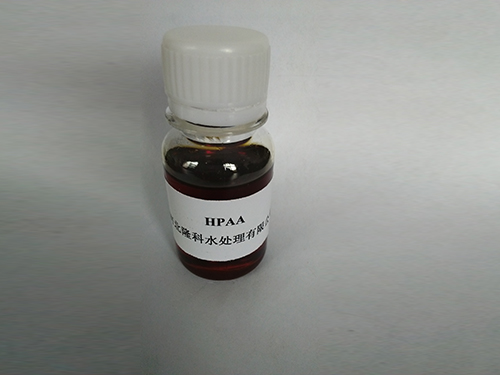cl+ me isothiazolinone
Understanding CL+ME Isothiazolinone A Versatile Biocide for Modern Applications
In recent years, the increasing demand for effective and efficient biocidal agents has led to greater attention on compounds such as CL+ME Isothiazolinone. This chemical blend is well-noted for its potent antimicrobial properties and versatility across various industries, including cosmetics, personal care products, and industrial applications. This article aims to explore the characteristics, applications, safety considerations, and regulatory aspects of CL+ME Isothiazolinone.
Characteristics of CL+ME Isothiazolinone
CL+ME Isothiazolinone, more formally known as a combination of Chloromethylisothiazolinone (CMI) and Methylisothiazolinone (MIT), belongs to a class of chemicals known as isothiazolinones. These compounds possess a thiazole ring, making them effective at inhibiting microbial growth, including bacteria and fungi. Their effectiveness is primarily due to their ability to interrupt cellular processes in microorganisms, leading to cell death.
One of the significant benefits of CL+ME Isothiazolinone is its water solubility, allowing it to be easily incorporated into various formulations. The blend is typically utilized in low concentrations but remains effective, making it both economically and environmentally advantageous. This high level of potency reduces the amount of chemical necessary for achieving desired preservation effects, maximizing efficacy while minimizing potential adverse impacts.
Applications of CL+ME Isothiazolinone
The applications of CL+ME Isothiazolinone are vast and varied. In the cosmetic and personal care industries, it is widely used as a preservative to prolong the shelf life of products such as shampoos, lotions, and creams. Due to its effective antimicrobial properties, it inhibits the growth of bacteria and mold, which is crucial in maintaining product integrity and safety.
In addition to personal care products, CL+ME Isothiazolinone is also utilized in household cleaning products, paints, and coatings, where it serves as a biocide. Its ability to prevent microbial growth in these applications ensures that products remain effective and safe for consumers. Furthermore, the compound is also used in industrial applications, including paper production and water treatment, where maintaining hygiene and preventing contamination are critical.
cl+ me isothiazolinone

Safety Considerations
While CL+ME Isothiazolinone is an effective biocide, safety concerns have emerged based on emerging data regarding its potential irritant and sensitization properties. Research has indicated that Methylisothiazolinone, in particular, can cause allergic reactions in some individuals, leading to increased scrutiny and regulation by safety and health authorities.
As a result, many countries have established guidelines and safety limits for the use of isothiazolinones in consumer products. For instance, the European Union has imposed strict regulations on the concentration of these compounds in cosmetics, leading to a gradual reduction in their use in certain applications. Manufacturers are now encouraged to seek alternative preservatives or use blended formulations at non-sensitizing levels, enhancing product safety.
Regulatory Landscape
The regulatory environment surrounding CL+ME Isothiazolinone is dynamic and reflects the ongoing research and understanding of its safety profile. In the European Union, for example, the Cosmetic Regulation (EC) No. 1223/2009 stipulates limits on the concentration of isothiazolinones in cosmetic products. In the United States, the Environmental Protection Agency (EPA) assesses the environmental impact of biocides, leading to a more cautious approach in certain applications.
Conclusion
CL+ME Isothiazolinone exemplifies the balance between efficacy and safety in biocidal agents used across various industries. Its unmatched antimicrobial properties make it a staple in preservation applications; however, ongoing research and regulatory scrutiny highlight the importance of ensuring consumer safety. As industries continue to innovate, it will be essential to monitor the use and regulation of such compounds to safeguard both public health and environmental integrity. Ultimately, a proactive approach to formulation and compliance will lead to better products and greater consumer trust in the safety of the formulations they use daily.
-
Water Treatment with Flocculant Water TreatmentNewsJun.12,2025
-
Polymaleic AnhydrideNewsJun.12,2025
-
Polyaspartic AcidNewsJun.12,2025
-
Enhance Industrial Processes with IsothiazolinonesNewsJun.12,2025
-
Enhance Industrial Processes with PBTCA SolutionsNewsJun.12,2025
-
Dodecyldimethylbenzylammonium Chloride SolutionsNewsJun.12,2025





